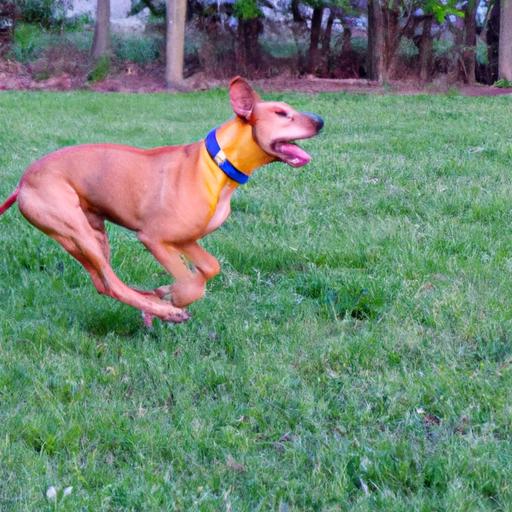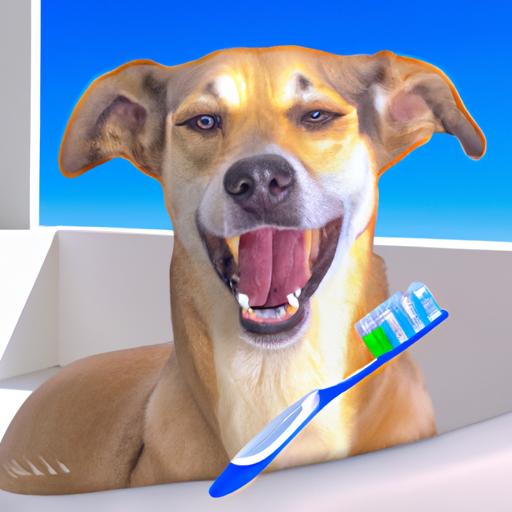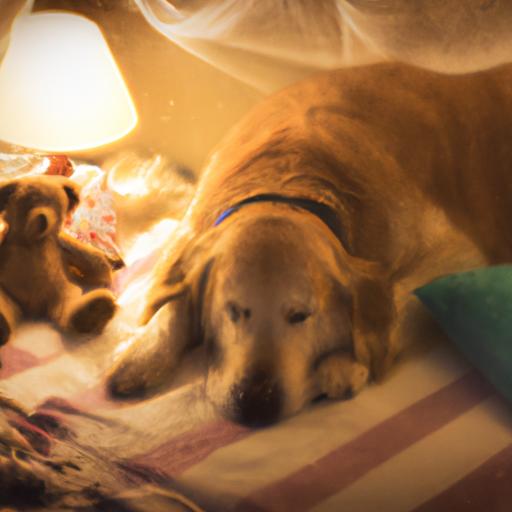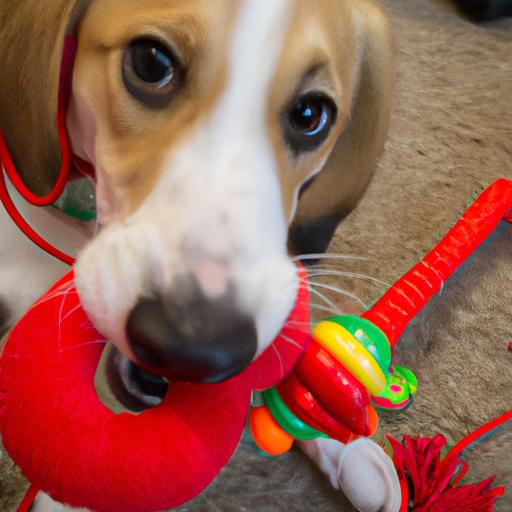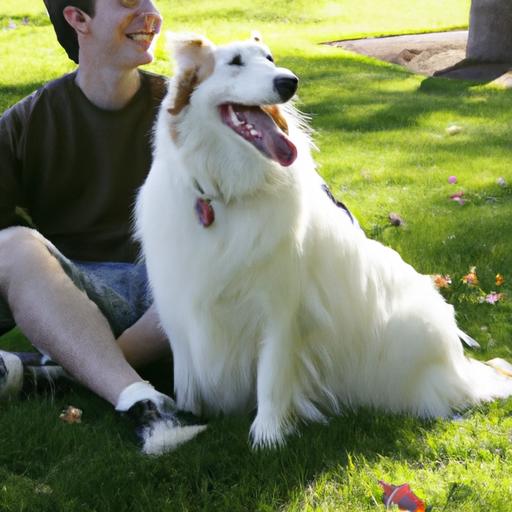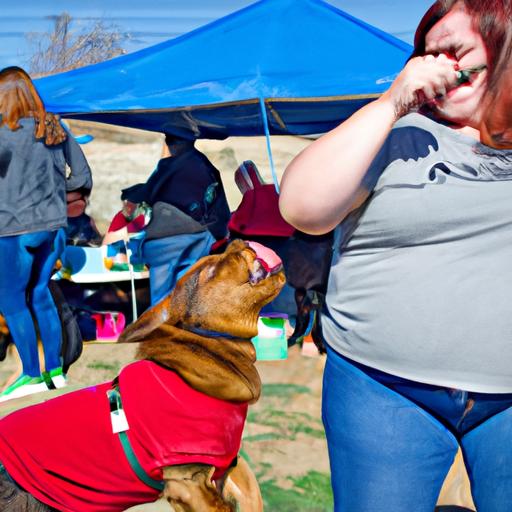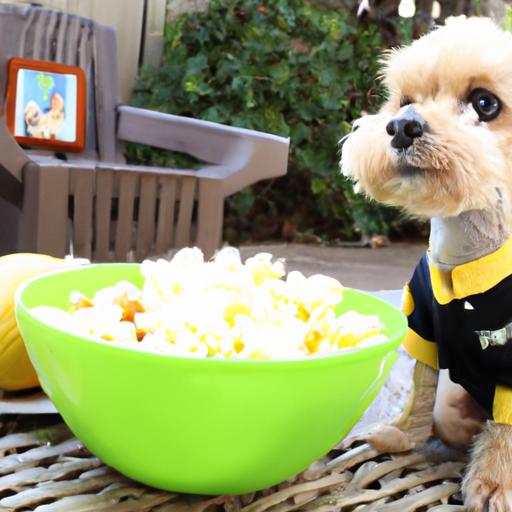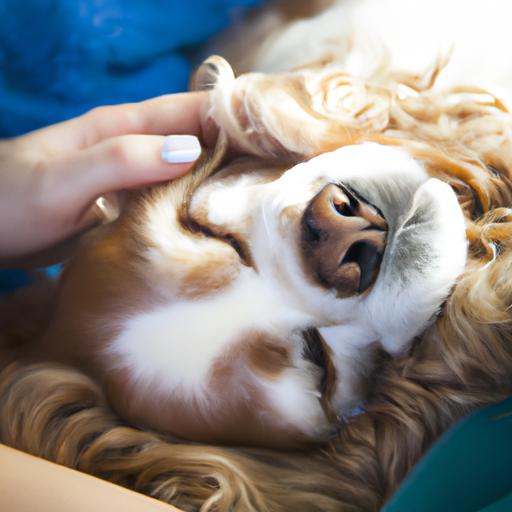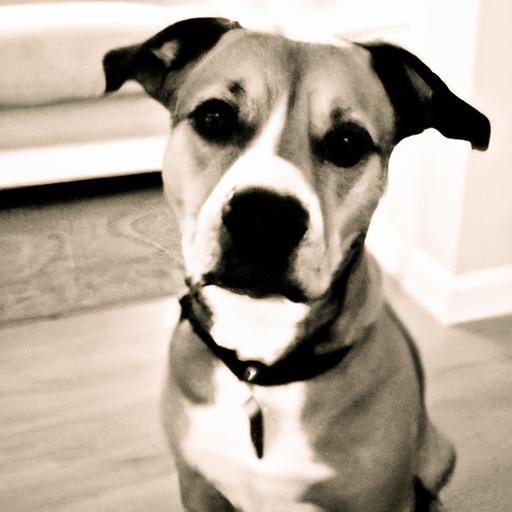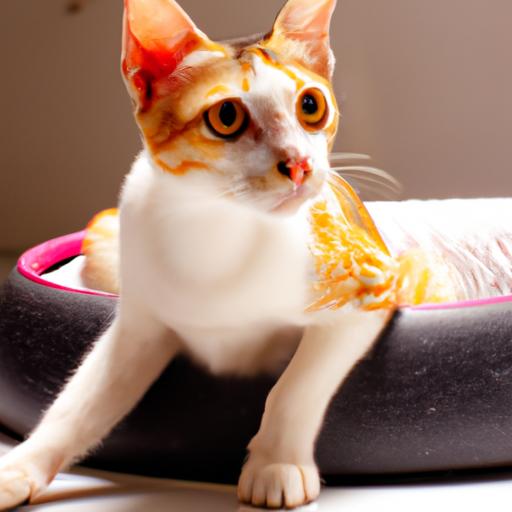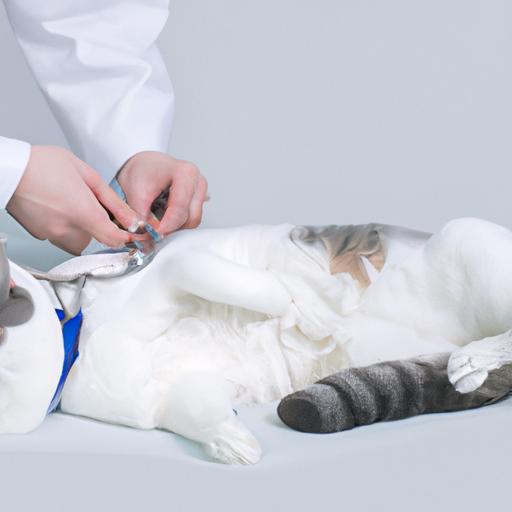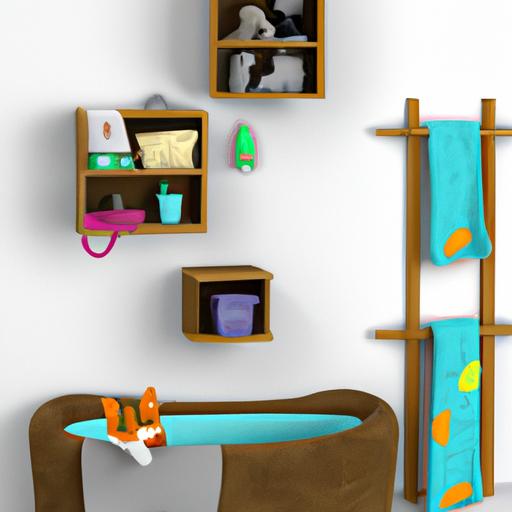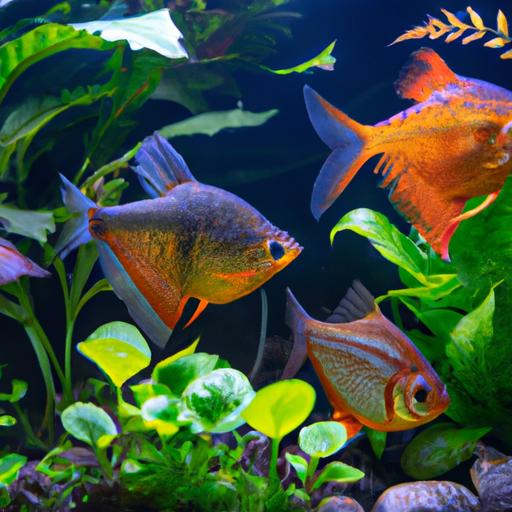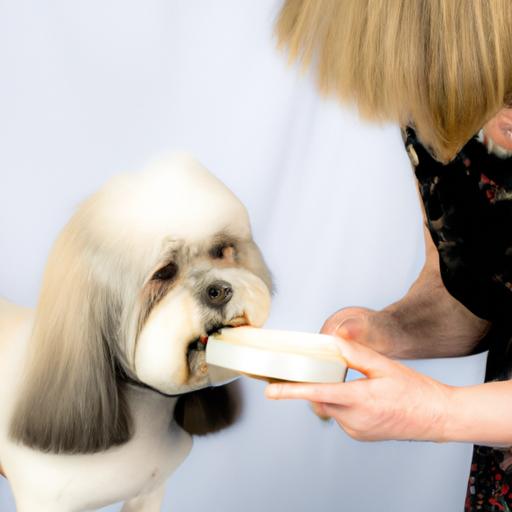
Using Positive Reinforcement in Canine Grooming
Discover the benefits of using positive reinforcement in canine grooming. Learn how to implement effective techniques for a stress-free grooming experience.
Canine grooming plays a crucial role in maintaining the health and well-being of our furry friends. However, the grooming process can sometimes be stressful for dogs, leading to anxiety or resistance. That’s where positive reinforcement comes in. By employing positive reinforcement techniques, we can transform grooming sessions into enjoyable experiences for our canine companions. In this article, we will explore how to effectively utilize positive reinforcement in canine grooming, address common concerns, and highlight the numerous benefits it offers.

How to Implement Positive Reinforcement in Canine Grooming
When it comes to implementing positive reinforcement in canine grooming, a few key steps can make a significant difference in your dog’s experience. Let’s delve into these steps:
1. Identify Desired Behaviors and Goals
Before embarking on a grooming session, it’s essential to identify the specific behaviors you wish to reinforce in your dog. Whether it’s sitting still during nail trimming or staying calm during hair brushing, defining these goals will help you focus your positive reinforcement efforts.
2. Choose Appropriate Positive Reinforcers
Positive reinforcement involves rewarding desired behaviors with stimuli that your dog finds rewarding. Treats, praise, and toys are commonly used as positive reinforcers. Experiment with various options to discover what motivates and excites your furry friend the most. Remember, every dog is unique, so finding the right reinforcer is essential for success.
3. Establish a Clear Communication System
To effectively communicate your expectations to your dog during grooming, it’s crucial to establish a clear and consistent system of cues and commands. Use simple, concise verbal commands and hand signals that your dog can easily understand. This clarity will foster a stronger bond between you and your pup, making grooming sessions more enjoyable for both parties.
4. Use Timing and Consistency in Reinforcement
Timing is everything when it comes to positive reinforcement. Ensure you reward your dog immediately after they display the desired behavior. This immediate reinforcement strengthens the association between the behavior and the positive outcome. Additionally, consistency is key. Be consistent in your rewards and reinforce the desired behavior every time it occurs to reinforce the notion that good behavior is consistently rewarded.
5. Avoid Punishment and Negative Reinforcement
Positive reinforcement focuses on rewarding desired behaviors rather than punishing unwanted ones. Avoid using punishment or negative reinforcement during grooming sessions, as it can create fear or anxiety in your dog, leading to negative associations with grooming activities. Instead, redirect their attention to positive behaviors and reward those accordingly.
Common Concerns and Frequently Asked Questions (FAQ)
Is positive reinforcement effective for all dogs?
Positive reinforcement techniques can be effective for the majority of dogs. However, every dog is unique, and some may require alternative approaches. For dogs that are less food motivated, you can explore other positive reinforcers such as praise or play. It’s crucial to understand and cater to your dog’s individual needs and preferences.
How to deal with dogs that are not food motivated?
While treats are a common positive reinforcer, not all dogs are equally food motivated. In such cases, you can experiment with other rewarding stimuli, such as verbal praise, toys, or a favorite game. The key is to identify what motivates your dog and use that as a positive reinforcement tool during grooming sessions.
Can positive reinforcement be used for behavior modification?
Positive reinforcement is a powerful tool for behavior modification in dogs. By rewarding desired behaviors, you can encourage them to repeat those behaviors in the future. However, for more complex behavioral issues, it’s advisable to seek guidance from a professional dog trainer or behaviorist who can provide specialized guidance and support.
What if my dog becomes dependent on treats for desired behavior?
While treats are initially used as a positive reinforcer, the goal is to gradually reduce their dependence on treats over time. As your dog becomes more familiar with the desired behaviors and their associated rewards, you can gradually transition to intermittent reinforcement, offering treats less frequently. This helps maintain the desired behavior while reducing reliance on treats.
Conclusion
Using positive reinforcement in canine grooming is not only beneficial but also essential for creating positive experiences for our furry friends. By implementing these techniques, we can transform grooming sessions into enjoyable moments that strengthen our bond with our dogs. Remember to identify desired behaviors, choose appropriate positive reinforcers, establish clear communication, and be consistent in your efforts. With patience and dedication, positive reinforcement can lead to a happier, more cooperative grooming experience for both you and your canine companion.
To learn more about positive experiences with handling paws, teaching your dog to enjoy grooming sessions, and tips for successful canine bath time, visit ubipets.com.
